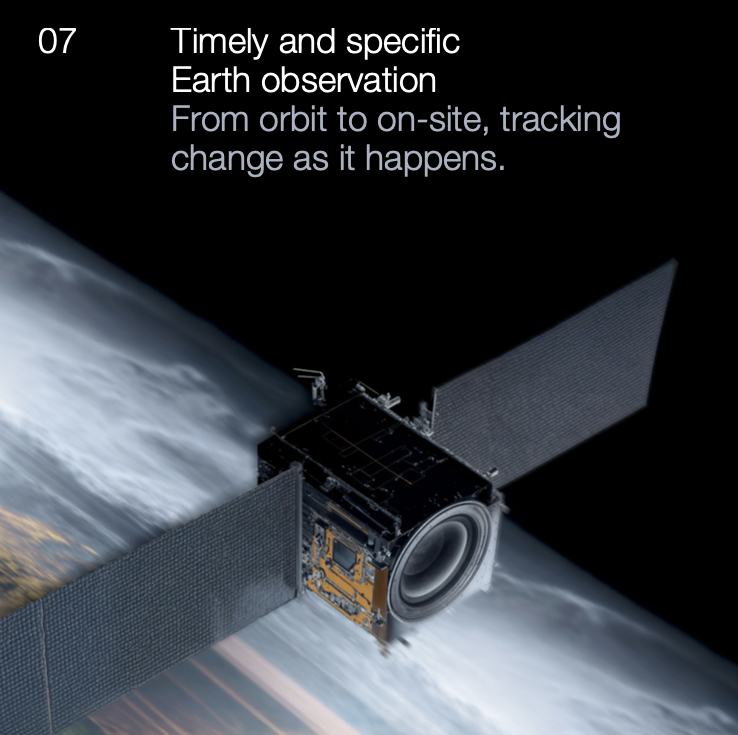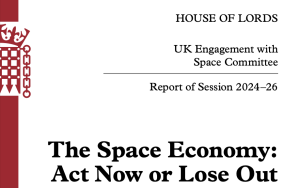A ground-breaking new report has identified Earth observation as one of 10 emerging technologies that can address urgent environmental challenges and help “restore the integrity” of some of our planet’s vital systems.
The World Economic Forum’s 10 Emerging Technology Solutions for Planetary Health, produced in collaboration with Frontiers, details how, as of 2025, seven of the nine planetary boundaries have been breached.
These are the Earth’s natural systems and processes that underpin life and keep our planet healthy.
The report’s stark warning is that “with humans putting continued pressure on our natural systems, we are seeing critical Earth processes that regulate the stability and resilience of our planet pushed beyond safe limits.”
However, the report – the first of its kind – shines the spotlight on 10 emerging technologies that can address these growing challenges, with one of them being Earth observation.
The report highlights how, by fusing satellite, drone and ground-based data with AI-powered analytics, EO systems now provide metre-scale insights (or finer) on key environmental and human-driven impacts such as precipitation, soil moisture, vegetation health and land-use dynamics.
These conditions directly affect planetary boundaries, including climate change, land-system change, freshwater use, biosphere integrity and biogeochemical flows.
The report highlights how “if AI-enhanced EO scales in the coming years, it could reduce response time to environmental pressures while altering how governments, industries and communities monitor planetary changes.”
EO, the report says, can improve tracking of freshwater depletion, land degradation and biodiversity loss to enable earlier interventions, while in industry supply chains, EO systems can help companies identify deforestation, water stress or emissions hotspots tied to sourcing and production.
For communities facing climate risk, EO could guide decisions on agriculture, relocation or disaster response.
The report concludes: “The success of AI-powered EO may depend on transparent governance, inclusive infrastructure investment and equitable access to data and decision-making tools.”
Each of the 10 technologies is assessed through policy, finance and equity lenses to ensure responsible scaling and inclusive impact.
For EO, the authors highlighted:
- Policy: Governance frameworks that promote transparency and accountability…can help maintain trusted insights and protect against misinformation. Without safeguards, environmental EO data may be repurposed for surveillance or military/ political use.
- Finance: Investment in multiple open-access platforms and applied tools – for climate monitoring, disaster preparedness or land-use planning – can expand the societal value of EO. If dominated by commercial interests, critical capabilities may remain out of reach for communities that need them most.
- Equity: Supporting local infrastructure and technical capacity can enable farmers, city planners and civil society groups to act on EO insights. Without targeted investment, these tools may reinforce existing disparities in environmental decision-making and risk management.
Dr Nicolas Lévêque, Director of the CEOI, said: “We welcome EO’s inclusion in this comprehensive report and the recommendations made to ensure EO is used to its full potential for the benefit of all.
“It is a clear demonstration of the important role EO plays in tackling the serious challenges facing Earth and its inhabitants.”




